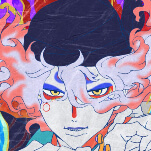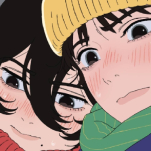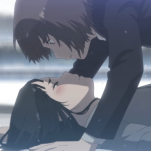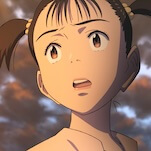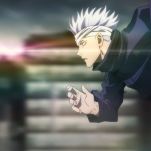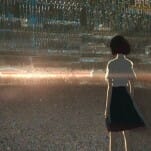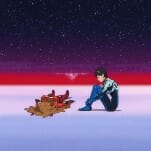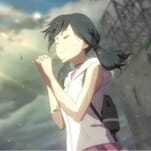Mononoke The Movie: Chapter II – The Ashes of Rage Is A Fiery Indictment Of Past Wrongs
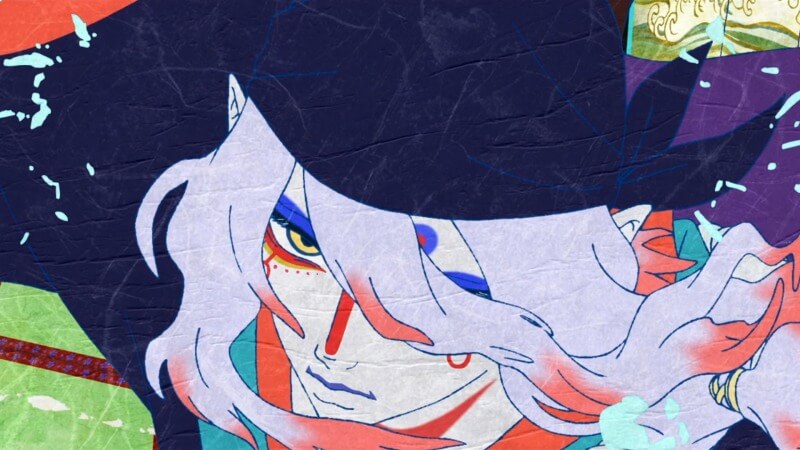
While many anime viewers, and sometimes even creatives, have justifiably criticized the glut of derivative shows that clog the airwaves, every once in a while, we get something that pushes the limits of the medium. Mononoke was one such example, a supernatural mystery series that utilized a combination of avant-garde, ukiyo-e-inspired animation and equally experimental storytelling to exhume the ghosts of the past. While it only ran for one 12-episode season in 2007, it left an impression.
And then, much like the supernatural subjects of its investigations, the series suddenly returned from the grave. Last year, we got Mononoke the Movie: Phantom in the Rain, a 90-minute stunner that, while admittedly disorienting, captured the TV show’s strengths via gorgeous animation and a mystery that exposed much more than just a paranormal disturbance.
It was the first in a trilogy that continues with the similarly eye-catching Mononoke The Movie: Chapter II – The Ashes of Rage. This direct follow-up benefits from its predecessors’ table setting, resulting in a much more readily parsable film that, while not quite as surprising as its predecessor, similarly explores a rich historical setting with an equally boundary-pushing visual presentation. Yes, you’ve got to do some homework first, but more than just appealing to anime fiends, this is one that fans of folklore, mystery tales, and animation writ large owe it to themselves to seek out.
For those unaware of the series’ basic premise, we follow an enigmatic figure called the medicine seller as he tracks down mononoke, spirits who bind to negative human emotions. To exorcise these dangerous yokai, the medicine seller must identify three things: their “form, as in the specific type of spirit they are, their “truth,” which is the tragedy they endured in life, and their “reason,” as in the reason they’ve returned to haunt a specific person or area.
As for this film trilogy, we follow a different medicine seller (who is different than the one in the TV show) as he’s tasked with dispelling mononoke in the Ōoku, the inner palace where the Japanese emperor’s concubines and consorts reside. After freeing a wronged spirit and exposing the horrifying history of this place in the previous movie, the medicine seller finds that this isn’t the only vengeful spectre looking to right a past injustice.
One of the interesting elements of Mononoke is that the de facto protagonist, the medicine seller, is rarely the focal point of the narrative. Instead, each tale is much more focused on these spirits and those they haunt. To that effect, The Ashes of Rage builds on the elaborate political structures and long list of characters from its predecessor, placing us in the middle of a compelling power struggle that ties together this ghost story.
There’s Lady Fuki, a high-ranking concubine who has won the affections of the emperor despite her “lowborn” status compared to many of her aristocratic peers—she’s a shrewd operator determined to help her family, whose personal ambitions butt up against the cruel, conservative realities of this place. Then there’s Lady Botan, another high-ranking concubine who is initially a stickler for the rules, but who finds additional depth as events progress. Her sense of duty to the existing social order was drilled into her by her father, Councilor Ōtomo, a cruel man who pulls on the inner palace’s strings to ensure nothing fundamentally changes while holding court via games of shogi.
While Yasumi Atarashi’s script isn’t lacking cartoon villains like Ōtomo, who have a penchant for smirking wickedly as they weave their ploys, the political machinations of this place are delivered with nuance thanks to its complicated power structures and many unspoken rules. While one might assume that the emperor would wield absolute authority, we see instead a convoluted system where competing noble families vie for control while hiding their subterfuge under layers of false courtesies and decorum.
-

-

-

-

-

-

-

-

-

-

-

-

-

-

-

-

-

-

-

-

-

-

-

-

-

-

-

-

-

-

-

-

-

-

-

-

-

-

-

-

